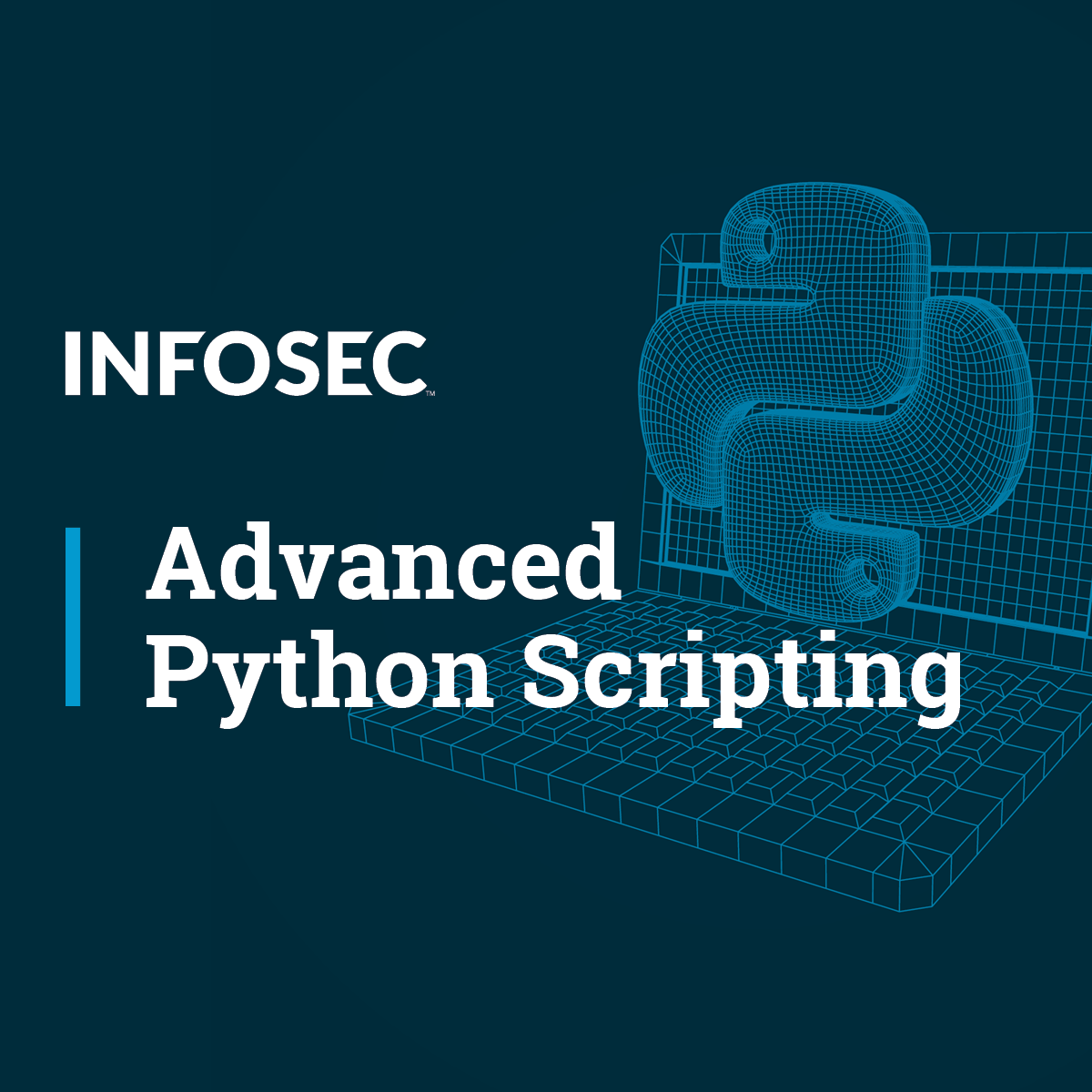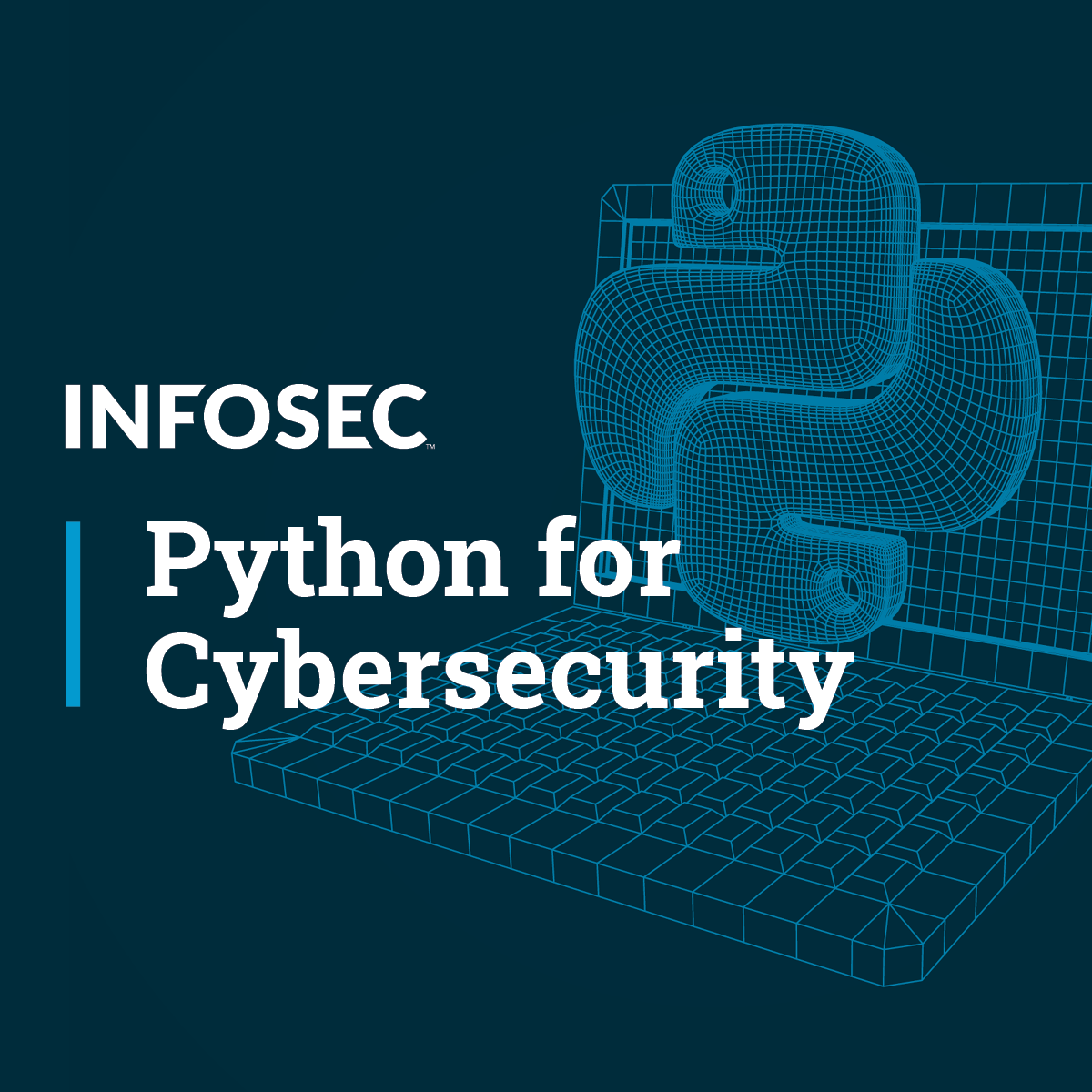Back to Courses









Security Courses - Page 15
Showing results 141-150 of 173

Check Point Jump Start: Cloud Security
Check Point CloudGuard, a comprehensive cloud security portfolio, is designed to prevent the latest fifth generation (Gen V), multi-vector cyberattacks targeting enterprise cloud services
Section 1: Overview of CloudGuard Product line
In this course you will learn about cloud security challenges and what different Check Point CloudGuard product line can be used to protect your cloud environment.
How to Secure your Cloud Environment
Cloud Challenges
Security in the Cloud
What is CloudGuard
Security with CloudGuard
Section 2: CloudGuard Network security solution
In this course we will analyze how CloudGuard Network Security product solution is used to security your cloud posture.
Understanding Cloud Security Fundamentals
CloudGuard Solutions
CloudGuard Components
CloudGuard Segmentation
Section 3: CloudGuard Network Security Product Labs
In this course we will learn how to deploy a CloudGuard Network Security solution in the Azure Cloud.
Deploying a CloudGuard Network Security Solution
Building an Azure Private Cloud Environment
Deploy Check Point R80.40 Management Server
Deploy CloudGuard Gateway
Deploy a Web Server Part1
Deploy a Web Server Part2
Connecting CloudGuard Controller
Check Point Company Overview
Check Point Software Technologies Ltd. is a leading provider of cyber security solutions to governments and corporate enterprises globally. Its solutions protect customers from 5th generation cyber-attacks with an industry leading catch rate of malware, ransomware and other types of attacks. Check Point offers multilevel security architecture, “Infinity” Total Protection with Gen V advanced threat prevention, which defends enterprises’ cloud, network and mobile device held information. Check Point provides the most comprehensive and intuitive one point of control security management system. Check Point protects over 100,000 organizations of all sizes.
With Check Point Infinity, the only consolidated cyber security solution across cloud, networks, endpoints, mobile and IoT, we are continuously pioneering cyber security innovation with the most advanced AI-based threat Intelligence and prevention technologies, unified security management, and cloud security automation to help protect organizations from 6th generation of cyber attacks.
With over 3,500 security experts, a world-acclaimed research and intelligence unit, and the broadest ecosystem of business and technology partners, we protect over 100,000 organizations of all sizes across all industry verticals in 88 countries to achieve allow better experiences for in a safer digital world.

Splunk Knowledge Manager 102
In this course, you will learn how fields are extracted and how to create regex and delimited field extractions. You will upload and define lookups, create automatic lookups, and use advanced lookup options. You will learn about datasets, designing data models, and using the Pivot editor. You’ll improve search performance by creating efficient base searches, accelerating reports and data models, and how to use the tstats command.

Establishing Command-and-Control and Finding Credentials
This course demonstrates the use of Python to establish command-and-control channels between a target environment and the attackers infrastructure. This course also demonstrates the use of Python to collect information on a system, including both user credentials and other sensitive data.

Managing Threat Intelligence with Cortex XSOAR
This is a self-paced lab that takes place in the Google Cloud console. Work on a real life threat hunting scenario to learn how to successfully manage your threat intelligence data with Cortex XSOAR TIM and automate response actions using threat intel management playbooks.

Cybersecurity Job Search and Interviews: Getting Started
Are you planning to have a career in cybersecurity?
This course can help you plan your preparation for such a career as well as give some advice on finding positions and landing a position.
After completing this course, a learner will be able to:
• Define the cybersecurity field and describe its variations.
• Describe the need for qualified cybersecurity professionals in U.S. and global organizations.
• Discuss the cybersecurity professional’s role in an organization’s cybersecurity effort.
• Describe the NIST NICE Cybersecurity Workforce Framework and the use as a cybersecurity career development tool.
• Explain the structure, location, and responsibilities of the cybersecurity department in a traditional versus non-traditional organization.
• List and explain the knowledge preparation for the cybersecurity professional from an education versus training perspective.
• List and describe the various cybersecurity certifications available to cybersecurity professionals and differentiate their suitability based on the professional’s career status.
• Describe the process and resources for finding the perfect cybersecurity job.
• Discuss the expectations and issues associated with the long-term cybersecurity career.

Technical Support Fundamentals
This course is the first of a series that aims to prepare you for a role as an entry-level IT Support Specialist. In this course, you’ll be introduced to the world of Information Technology, or IT. You’ll learn about the different facets of Information Technology, like computer hardware, the Internet, computer software, troubleshooting, and customer service. This course covers a wide variety of topics in IT that are designed to give you an overview of what’s to come in this certificate program.
By the end of this course, you’ll be able to:
● understand how the binary system works
● assemble a computer from scratch
● choose and install an operating system on a computer
● understand what the Internet is, how it works, and the impact it has in the modern world
● learn how applications are created and how they work under the hood of a computer
● utilize common problem-solving methodologies and soft skills in an Information Technology setting
IT Infrastructure and Emerging Trends
Today organizations are either embracing digital technologies to improve their businesses or being disrupted by entrants with such capabilities. Therefore it is important for managers and executives of all organizations to learn about various technologies and apply them in innovative ways. Some of the most important trends in Information Technology are in mobile, cloud, security, and blockchains.
This course gives you an overview of the fundamental technical aspects of Information Technology. After taking this course you will be familiar with the basic knowledge of IT/IS solutions needed to help with decision-making in the real world. We will first learn about issues in cloud computing and various realizations of service-oriented computing. We will then discuss the range of mobile technologies available to modern enterprises and how these can be used to create innovative business models. We will look at cybersecurity threats that organizations need to be aware of and learn about the various defense mechanisms available to them. Finally we will talk about the innovation that emerging technologies like Blockchains can bring about. Using this knowledge of various technologies, IT managers can better overcome technical challenges, evaluate tradeoffs, unlock new revenue streams, and implement change in the organization’s Information systems capabilities.

Python for Active Defense
This course covers Python for active defense.

Decentralized Finance (DeFi) Opportunities and Risks
DeFi and the Future of Finance is a set of four courses that focus on decentralized finance. The final course is called DeFi Opportunities and Risks. It is essential that you complete the first three courses: I. DeFi Infrastructure; II. DeFi Primitives; and III. DeFi Deep Dive before beginning the fourth course. The course starts with the premise that an analysis of any new technology must clearly gauge the risks and challenges. Given that DeFi is only a few years old there are plenty of risks. The course begins with the most obvious risk: smart contract risk. Smart contracts are foundational for DeFi. The code of these contracts is public - opening a clear attack vector for hackers. That is, in traditional finance, hackers need to break into a system to get access to the code and data. In DeFi, everything is open source.There are many other risks studied including: Governance risk; Oracle risk; Scaling risk; Decentralized Exchange or DEX risk; Custodial risk; Environmental risk; and Regulatory risk.

Security Awareness Training
The security of an organization is of the utmost importance and every member of the organization's staff plays a vital role in defending against cyber threats. One of the best ways to protect the organization is to institute a company-wide security-awareness training initiative.
This course is a complete foundational security awareness training program that covers a wide array of topics for nearly every type of end-user and learner level. The content is designed to allow organizations to be able to provide a comprehensive training program to help them protect their information assets against threats.
This training lasts approximately 2 hours and was designed to be engaging and is based on real scenarios staff may face. The training is modular and does not have to be completed in one sitting.
Topics included in this course are as follows:
• Importance of Security
• Data and Account Security
• Passwords
• Networking and Mobile Security
• Malware
• Social Engineering
Popular Internships and Jobs by Categories
Browse
© 2024 BoostGrad | All rights reserved


